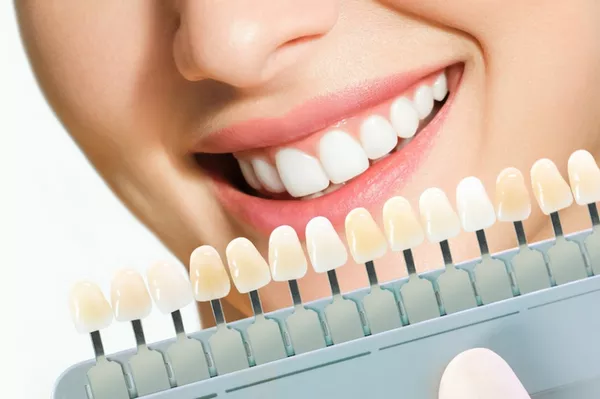In the pursuit of a brighter, more dazzling smile, whitening strips have emerged as a popular and convenient option for at-home teeth whitening. However, with a plethora of whitening strip products available on the market, it can be challenging to discern which ones are safe and effective. In this comprehensive guide, we’ll explore the key factors to consider when selecting safe whitening strips, address common concerns, and provide valuable insights to help users make informed decisions.
Understanding Whitening Strips: A Brief Overview
Before delving into the topic of safe whitening strips, let’s first understand how they work. Whitening strips are thin, flexible strips coated with a layer of whitening gel containing peroxide-based bleaching agents. These agents penetrate the enamel and break down stains and discoloration molecules, resulting in a brighter, whiter smile.
Whitening strips are typically applied directly to the teeth and left in place for a specified period, usually ranging from 30 minutes to an hour, depending on the product’s instructions. Over time, consistent use of whitening strips can lead to noticeable improvements in tooth color and overall smile aesthetics.
Identifying Safe Whitening Strips: What to Look For
When selecting whitening strips, it’s essential to prioritize safety and efficacy. Here are some key factors to consider:
ADA Seal of Acceptance: Look for whitening strips that have earned the American Dental Association (ADA) Seal of Acceptance. Products with this seal undergo rigorous testing and evaluation to ensure they meet strict safety and efficacy standards established by dental professionals.
Peroxide Concentration: Pay attention to the concentration of peroxide-based bleaching agents in the whitening gel. While higher concentrations may produce faster results, they also carry a higher risk of tooth sensitivity and irritation. Opt for products with a moderate concentration of peroxide (typically around 10% carbamide peroxide) for safer and more comfortable whitening.
Gentle Formulation: Choose whitening strips that are formulated with gentle ingredients to minimize the risk of sensitivity and irritation. Avoid products that contain harsh abrasives or chemicals that may damage tooth enamel or irritate soft tissues.
Clinically Proven Results: Look for whitening strips that have been clinically tested and proven to be safe and effective for whitening teeth. Products backed by scientific research and clinical studies provide added assurance of their safety and efficacy.
User Reviews and Ratings: Research user reviews and ratings of whitening strip products to gauge their effectiveness and safety based on real-life experiences. Look for products with overwhelmingly positive reviews and high ratings from satisfied users.
Tips for Safe Whitening Strip Usage
Follow Product Instructions: Always read and follow the instructions provided with your chosen whitening strips product carefully. Pay attention to recommended wear time, frequency of use, and any specific precautions or recommendations.
Use as Directed: Avoid overusing whitening strips or leaving them on for longer than recommended, as this can increase the risk of tooth sensitivity and irritation. Stick to the recommended treatment duration and frequency for best results.
Monitor Tooth Sensitivity: Pay attention to any signs of tooth sensitivity or discomfort during or after using whitening strips. If you experience sensitivity, consider using a desensitizing toothpaste or reducing the frequency of whitening treatments.
Maintain Good Oral Hygiene: In addition to using whitening strips, maintain good oral hygiene habits such as regular brushing, flossing, and dental check-ups. Healthy teeth and gums provide the ideal foundation for achieving and maintaining a bright, white smile.
Conclusion
Selecting safe whitening strips is essential for achieving a brighter, more radiant smile while minimizing the risk of sensitivity, irritation, and other potential side effects. By prioritizing products with the ADA Seal of Acceptance, moderate concentrations of peroxide, gentle formulations, clinically proven results, and positive user reviews, individuals can make informed choices and enjoy the benefits of effective teeth whitening with confidence.
When using whitening strips, it’s crucial to follow product instructions carefully, use them as directed, and monitor for any signs of sensitivity or discomfort. By incorporating safe whitening strip usage into a comprehensive oral care routine, individuals can achieve optimal results while maintaining optimal oral health and well-being.
If you have any questions or concerns about selecting safe whitening strips or whitening strip usage, don’t hesitate to consult with your dentist or dental care provider for personalized advice and guidance. With proper care, diligence, and informed decision-making, you can achieve a dazzling smile that radiates confidence and vitality.
Can Whitening Strips Hurt Your Gums
Why do overcorrection aligners hurt?
What to Do when your Teeth Hurt from Whitening Strips
































